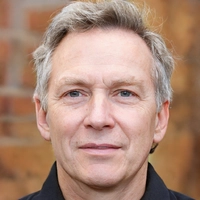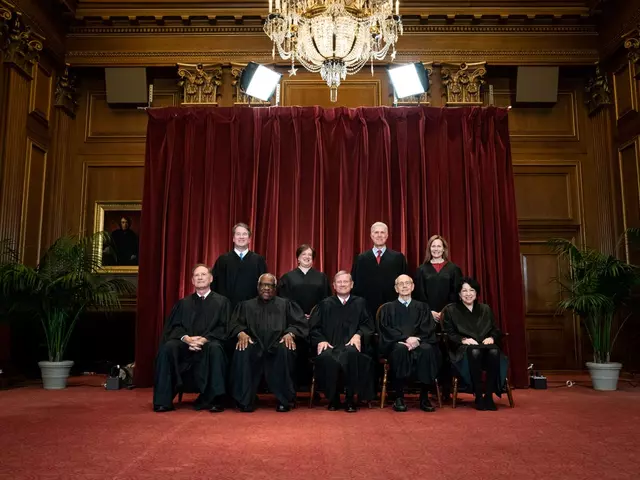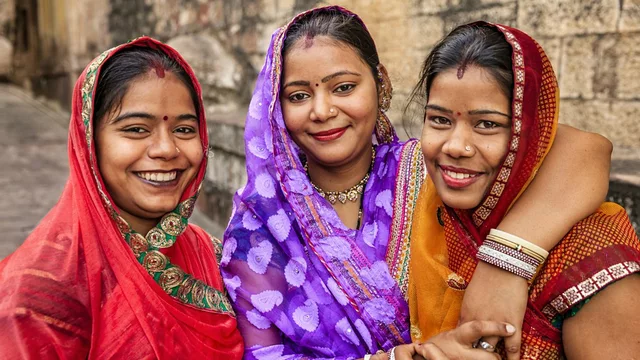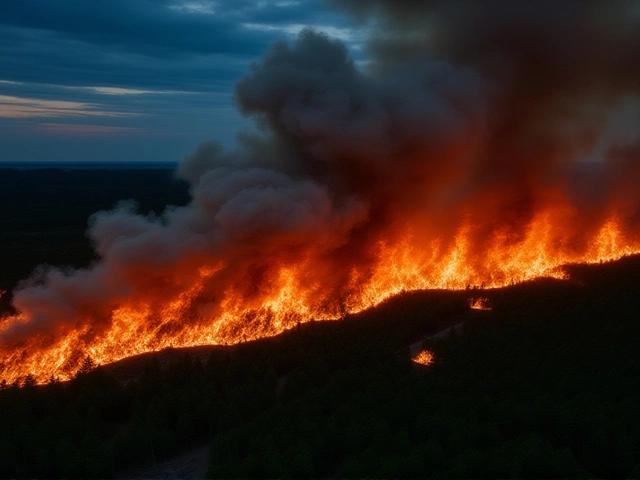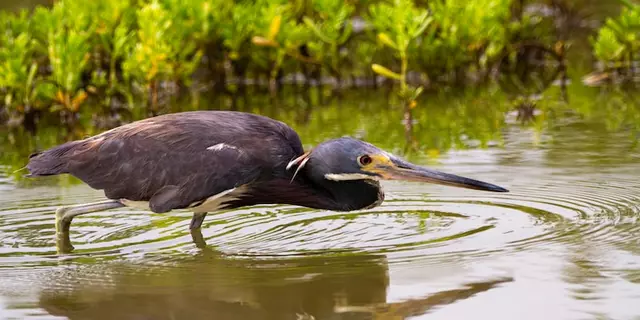By October 9, 2025, Canada had burned through 8.3 million hectares of forest and tundra — an area larger than Greece — making the 2025 wildfire season the second-worst in recorded history. What began as a grim forecast in June had exploded into a national emergency, with over 5,600 fires consuming everything in their path, forcing tens of thousands from their homes and turning skies orange from British Columbia to Quebec. The scale wasn’t just unusual; it was a symptom of a planet heating up faster than most models predicted.
The Perfect Storm: Drought, Heat, and a Legacy of Fire
It didn’t start in 2025. It started in 2022. That’s when long-term drought took root across the Canadian Prairies and boreal forests. By spring 2025, the soil was bone-dry, the trees brittle, and the snowpack — once a natural firebreak — had vanished weeks ahead of schedule. When lightning strikes hit in late May, the ground didn’t absorb them. It ignited. Climate Central reported that from May 26 to May 29, 2025, parts of central Canada experienced Climate Shift Index (CSI) level 5 conditions — meaning human-caused climate change made that extreme heat at least five times more likely. Over 320,000 square kilometers of land felt that intensity. More than a million people in Saskatchewan, Manitoba, Alberta, and Ontario endured at least one day where the heat was practically unimaginable without fossil fuel emissions.Ministers Sound the Alarm — But It Was Already Too Late
On June 12, 2025, in Ottawa, four ministers stood before cameras: Eleanor Olszewski, Minister of Emergency Management and Community Resilience; Tim Hodgson, Minister of Energy and Natural Resources; Julie Dabrusin, Minister of Environment and Climate Change; and Mandy Gull-Masty, Minister of Indigenous Services. Together, they announced 225 active wildfires, 121 out of control, and 3.7 million hectares burned — already surpassing the 20-year average. They spoke of 27,000 evacuees. Of firefighters from across the country, and even from the U.S., working 18-hour shifts. Of Indigenous communities cut off from traditional lands. But behind their calm delivery was a quiet admission: this wasn’t a fluke. It was the new normal.‘Zombie Fires’ and the Boreal Forest’s Hidden Threat
In British Columbia, the Prince George Fire Centre — covering 330,000 square kilometers — had lost 10% of its land to fire in just two years. That’s more than the previous 60 years combined. Why? Deep, peaty soils. These aren’t just fuel. They’re ancient carbon stores, smoldering underground through winter. Firefighters call them ‘zombie fires.’ Some have been burning since 2023, re-emerging when spring winds return. On May 29, a fire near Northern Lights College forced the evacuation of 70 people in the Peace River Regional District. By June 4, the Kiskatinaw River wildfire pushed into Kelly Lake, triggering evacuations. By June 6, it crossed into Alberta. Fort Nelson First Nation evacuated the Kahntah area. Highway 97 shut down. The fire jumped rivers, roads, and firebreaks. Richard Carr, a Canadian Forest Service wildfire analyst, said: “We’re not just fighting fires anymore. We’re fighting ghosts from last year’s burn.”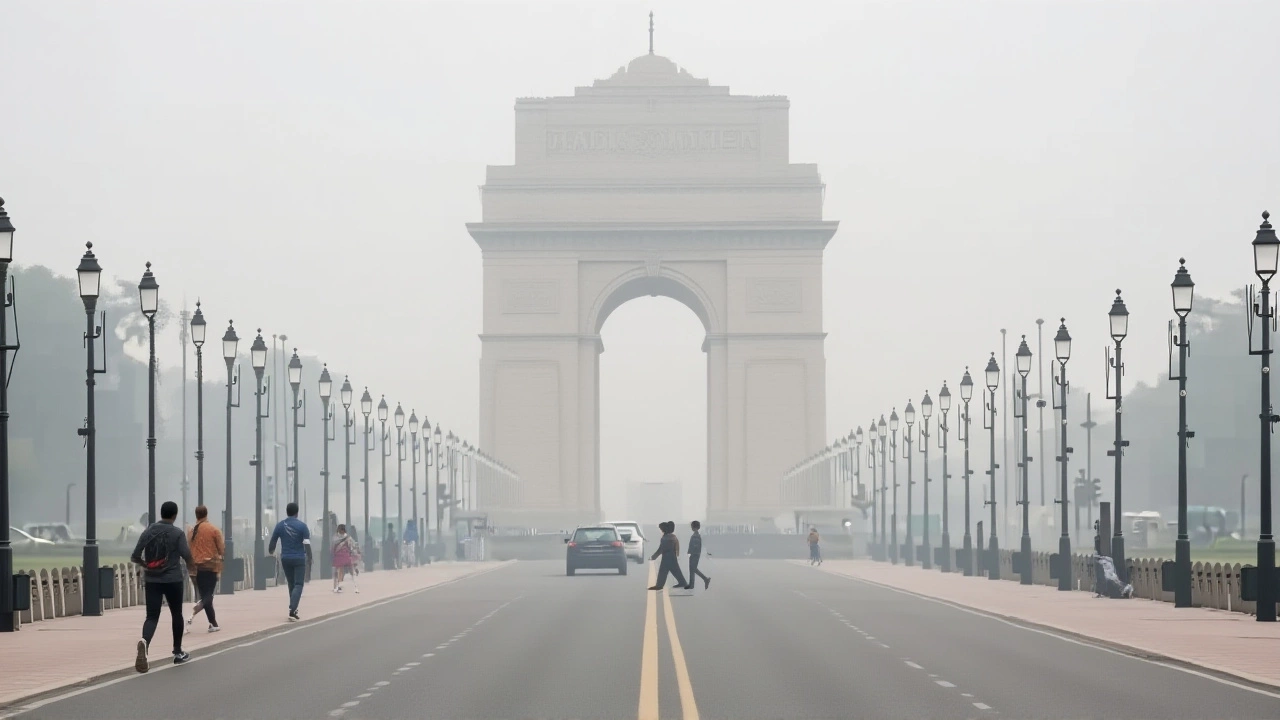
Climate Change Isn’t Coming — It’s Already Here
Dr. Kristina Dahl, VP of Science at Climate Central, put it plainly: “When temperatures reach a CSI level 5 across such a large area, it’s not just unusual — it means this kind of heat would be incredibly unlikely without climate change.” Her colleague, Kaitlyn Trudeau, added: “Climate change-driven heat dries out vegetation and sets the stage for wildfires. Combine that with persistent drought and a locked-in high-pressure system, and you have a perfect storm — one that’s becoming more common as we continue to burn fossil fuels.” By mid-July, Natural Resources Canada warned that drought would intensify. Temperatures were projected to remain above normal through August. Fire activity? It was expected to spike again in late summer. And it did.What’s Next? A Nation at a Crossroads
The 2023 wildfire season burned 18.8 million hectares — the worst on record. This year? 8.3 million. Still second worst. And it’s not over. The federal government has committed $1.2 billion to firefighting, evacuation support, and forest resilience. But experts say money alone won’t fix this. We need to rethink land management. We need to restore wetlands that act as firebreaks. We need to invest in Indigenous-led fire stewardship — something Mandy Gull-Masty emphasized repeatedly: “Our communities have managed fire for millennia. We need to listen.” Meanwhile, the U.S. is watching. The Dragon Bravo Fire in Arizona, the Cottonwood Peak Fire in Nevada, and the Red Canyon Fire in Wyoming — all massive, all fueled by the same heat patterns — are reminders that Canada isn’t alone.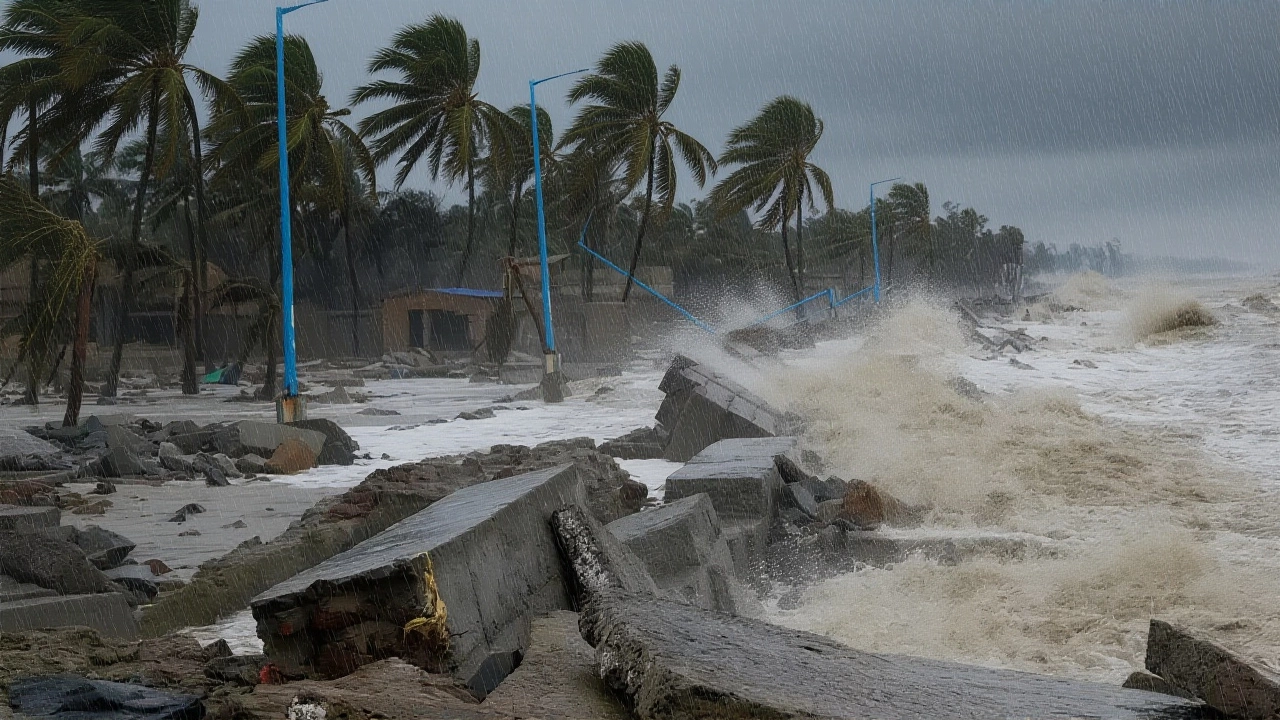
What’s the Real Cost?
Beyond the hectares burned, the homes lost, the air quality warnings — there’s the psychological toll. Farmers in Saskatchewan watching crops wither. Elders in northern Ontario unable to return to ancestral hunting grounds. Children in Fort St. John learning from laptops because school was closed for weeks. This isn’t just an environmental crisis. It’s a social one. And it’s accelerating.Frequently Asked Questions
Why is 2025 the second-worst wildfire season in Canadian history?
By October 9, 2025, Canada had recorded 5,600 fires and burned 8.3 million hectares — second only to 2023’s 18.8 million. This surge was driven by prolonged drought since 2022, record-breaking heat (including CSI level 5 events), and the resurgence of ‘zombie fires’ from previous seasons. Climate change amplified these conditions, making extreme fire weather at least five times more likely.
Which provinces were hardest hit by the 2025 wildfires?
British Columbia, Alberta, Saskatchewan, Manitoba, and Ontario saw the most area burned — all exceeded their 25-year averages. British Columbia’s Prince George Fire Centre lost 10% of its land in two years, more than the prior six decades combined. Saskatchewan and Manitoba faced prolonged heatwaves that dried out grasslands, while Ontario’s boreal forests burned from underground peat fires.
What role did Indigenous communities play in responding to the fires?
Indigenous communities, particularly in British Columbia and northern Ontario, led critical evacuations and provided traditional knowledge on fire behavior. Minister Mandy Gull-Masty highlighted that Indigenous fire stewardship — including controlled burns and land management — has long prevented catastrophic fires. Federal funding now includes support for Indigenous-led fire brigades, recognizing their vital role in resilience.
How does climate change directly worsen Canadian wildfires?
Climate change increases the frequency and intensity of heatwaves, drying out vegetation and soil. In 2025, CSI level 5 events — where human-caused warming made heat five times more likely — affected over 320,000 sq km. This created tinderbox conditions. Combined with persistent high-pressure systems that lock in heat and block rain, the result is a fire season that starts earlier, burns longer, and spreads faster.
Are ‘zombie fires’ a new phenomenon in Canada?
No — but they’re becoming far more common. These are smoldering fires in peat-rich boreal soils that survive winter underground and reignite when temperatures rise. In 2025, 49 such fires from 2024 reactivated, some burning since 2023. They’re especially dangerous in northern BC and Yukon, where deep organic soils store vast amounts of carbon and ignite without warning.
What’s being done to prevent future seasons like 2025?
The federal government has allocated $1.2 billion for firefighting, evacuation support, and forest restoration. But experts stress that long-term solutions require Indigenous-led land management, wetland restoration, and reduced fossil fuel emissions. Without systemic climate action, fire seasons like 2025 will become annual events — not anomalies.
